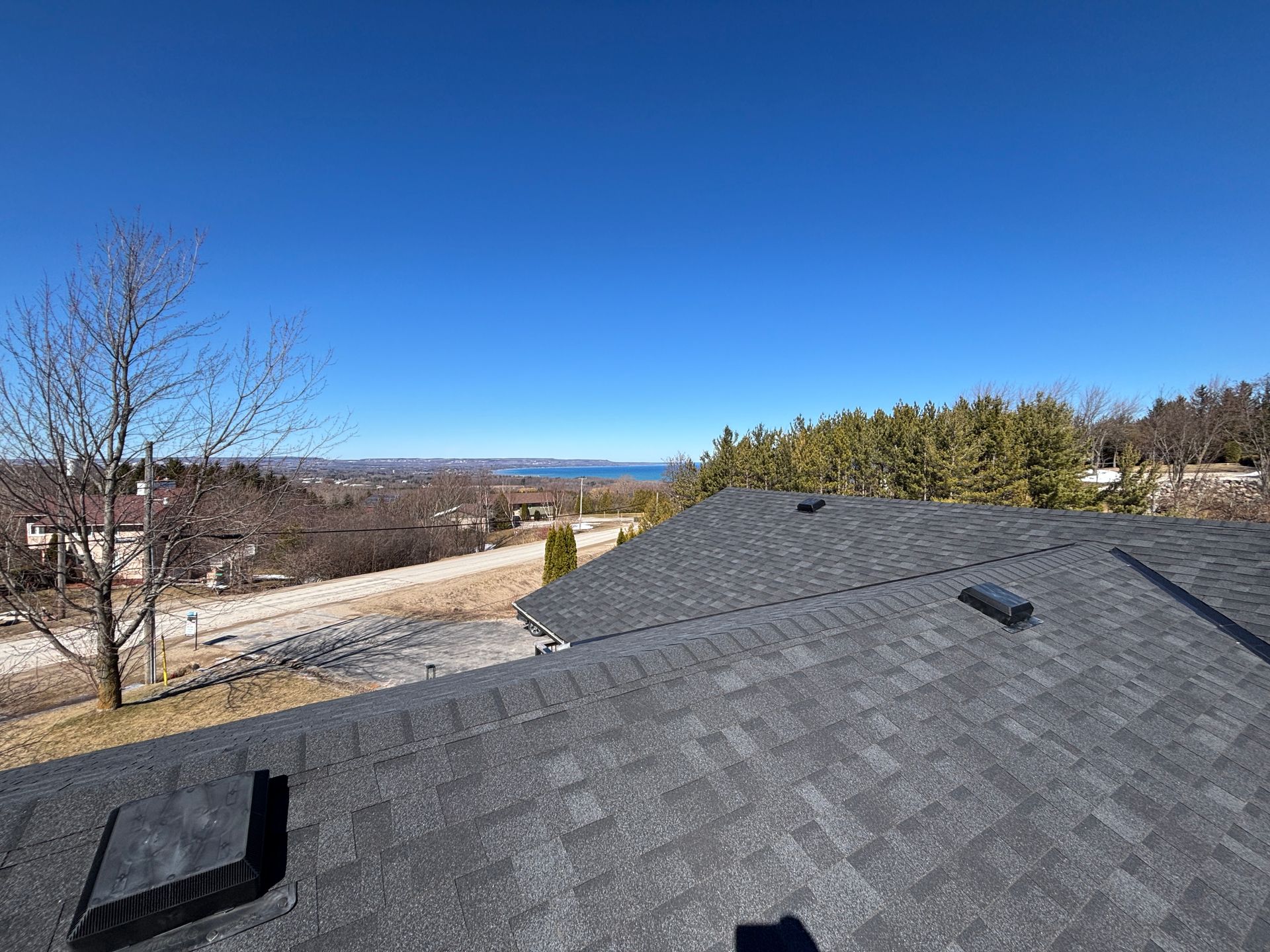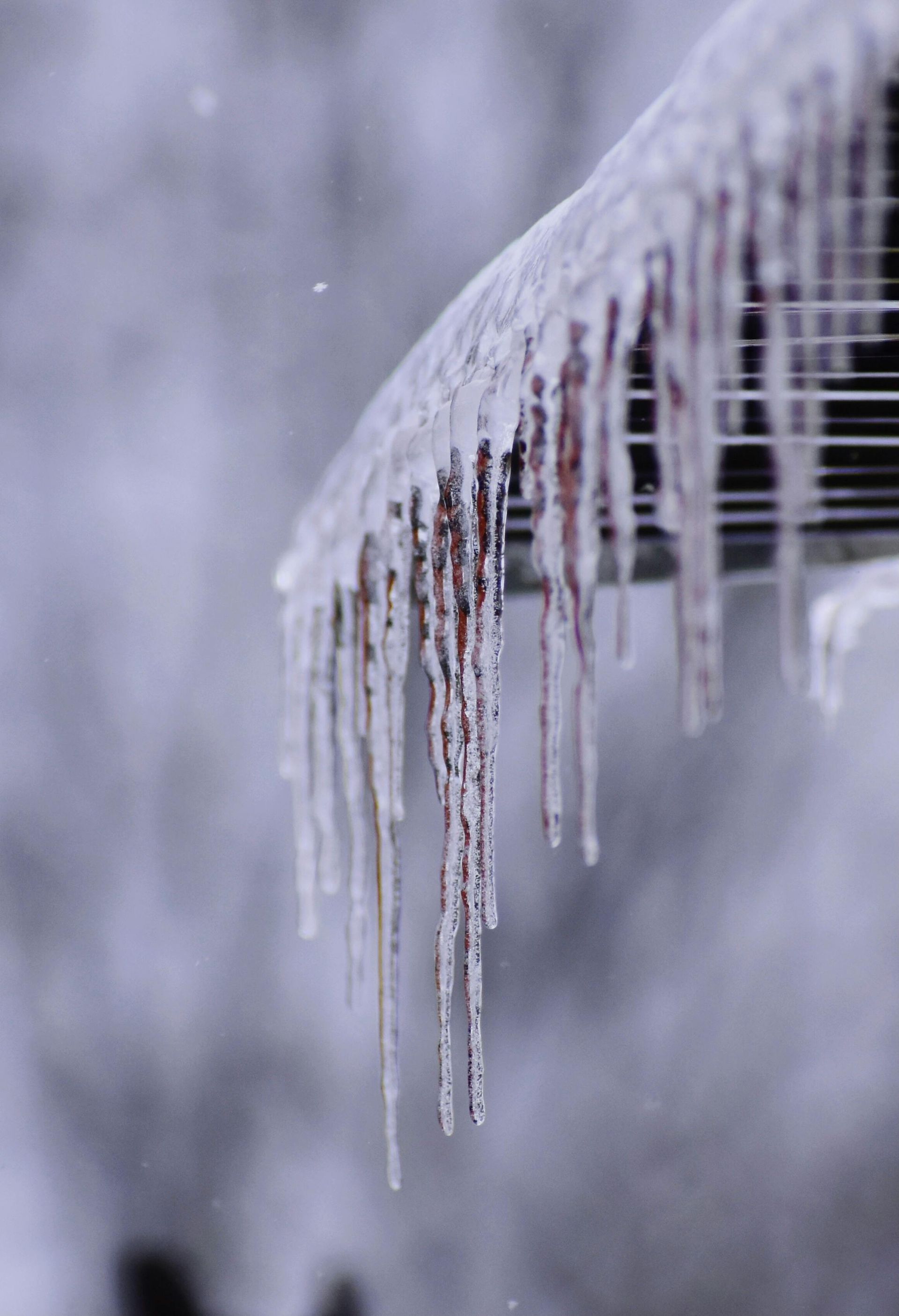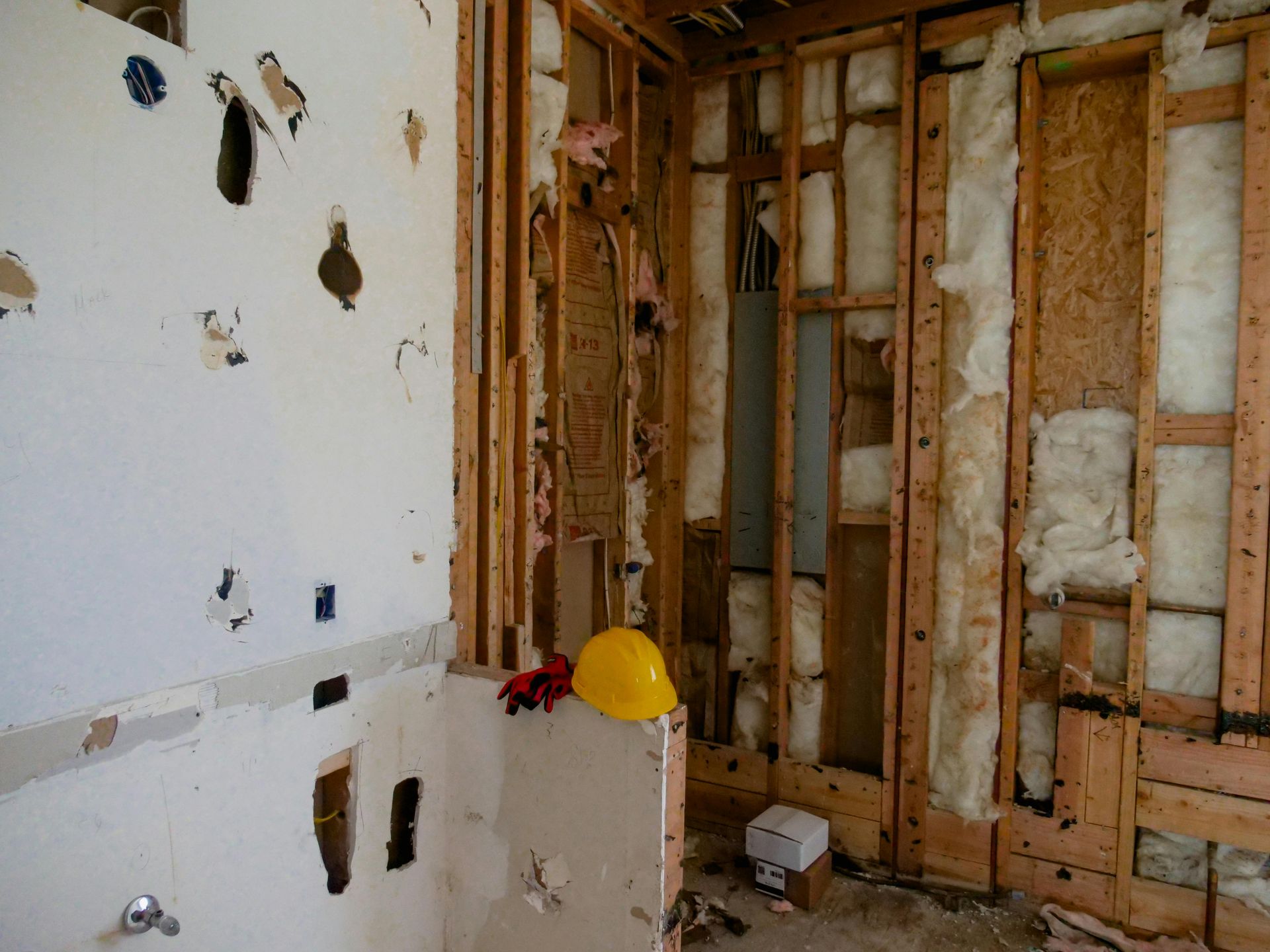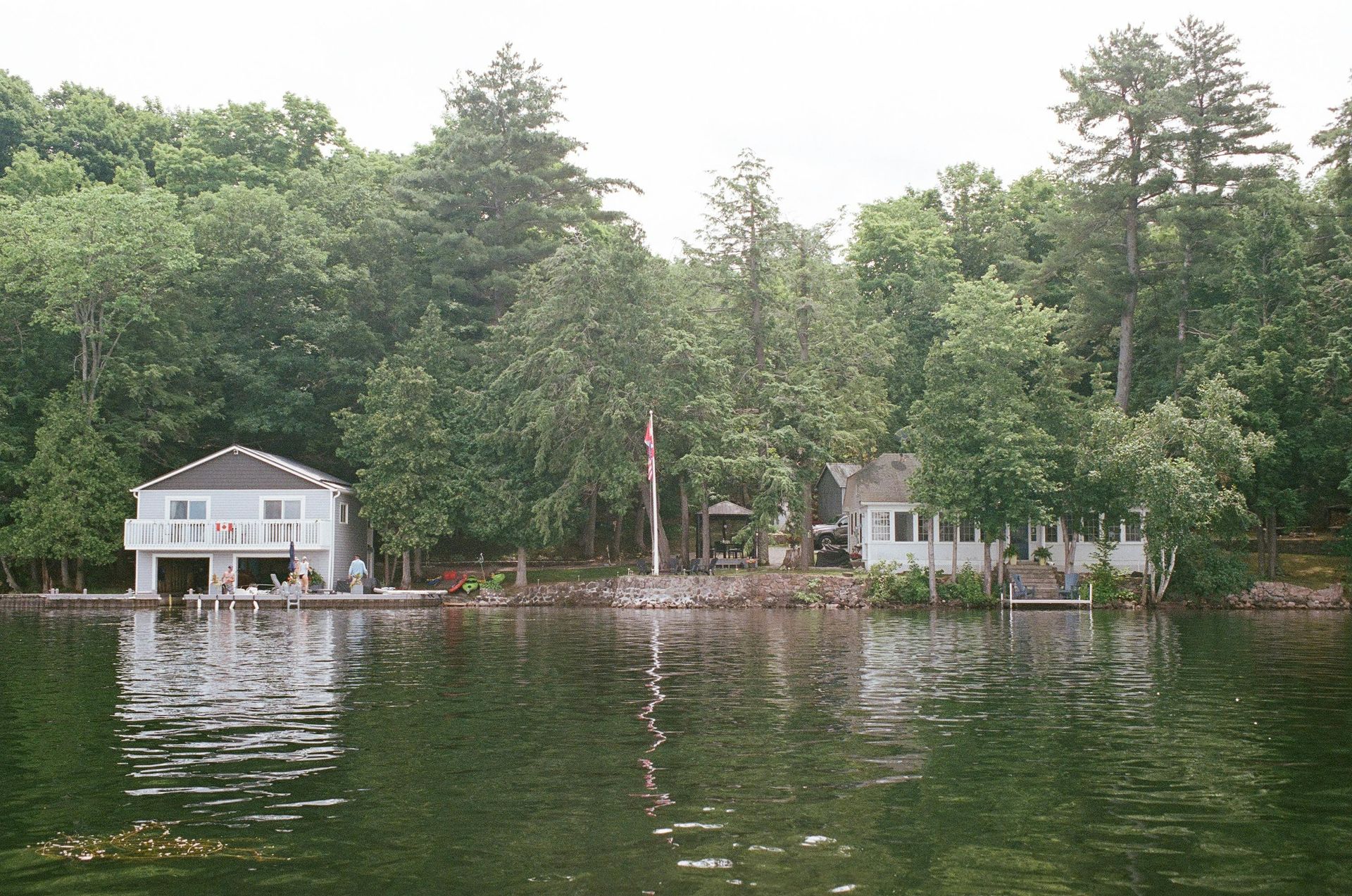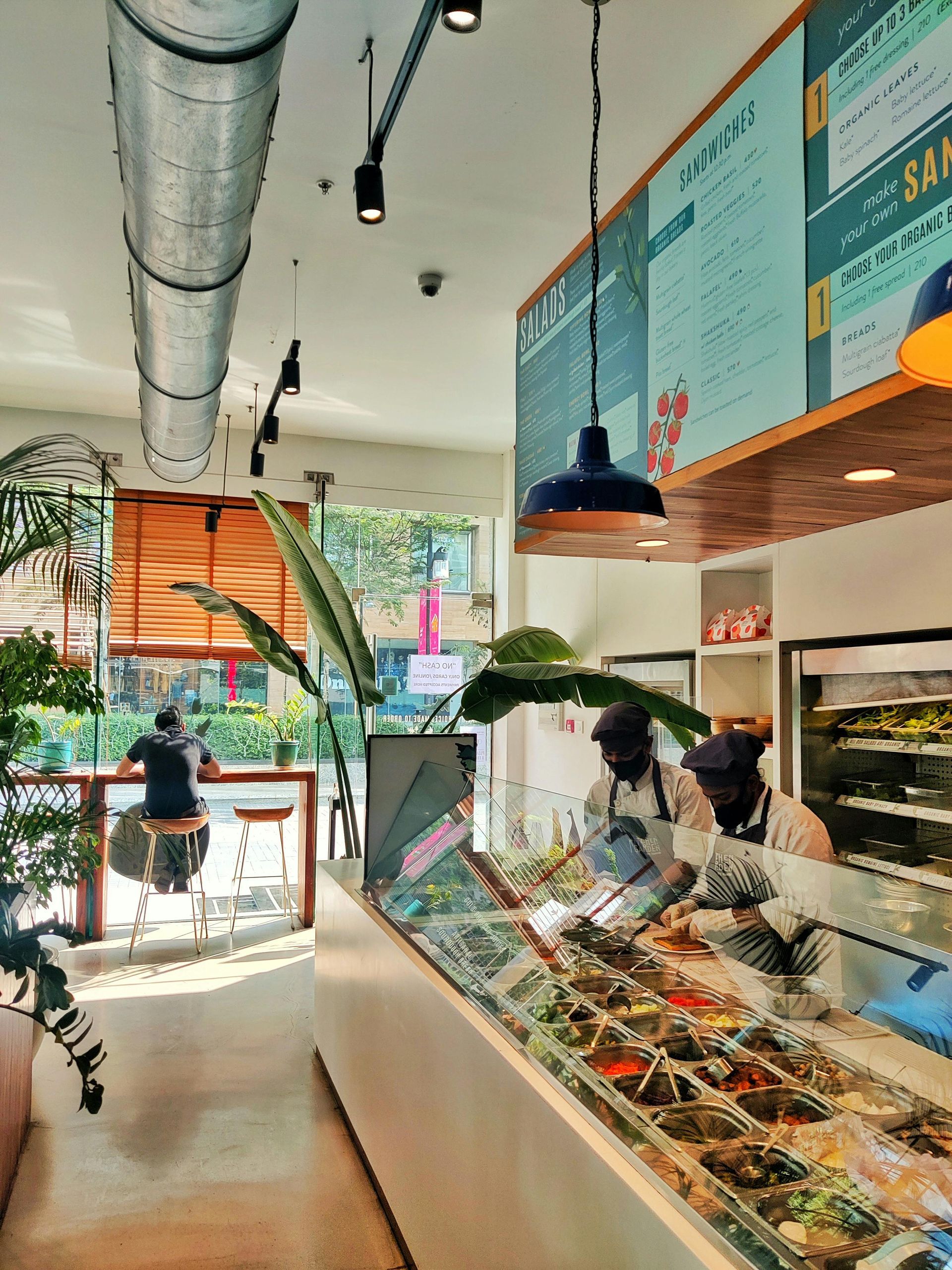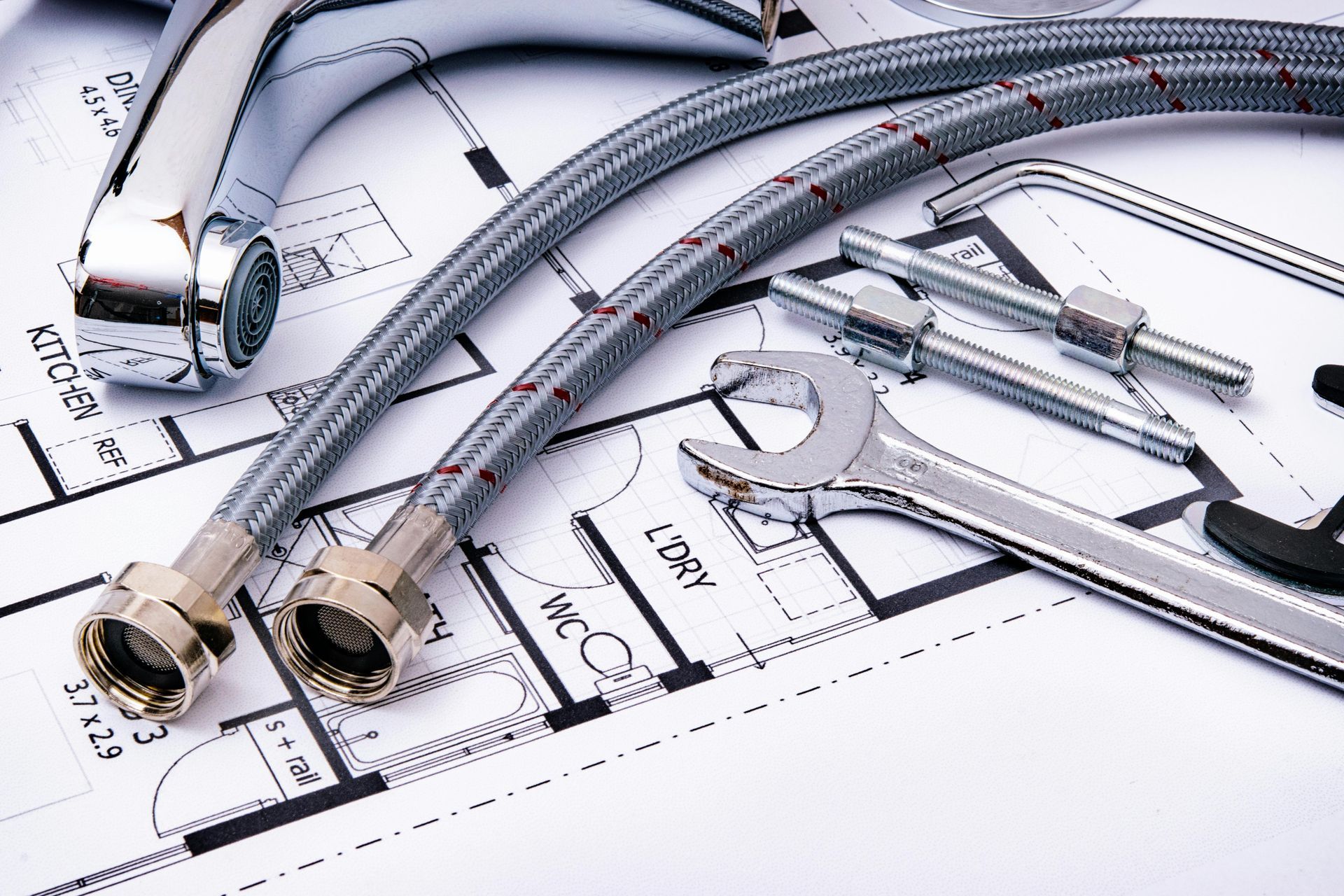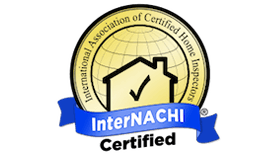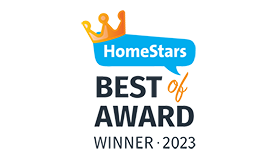A Guide to Closing Your Cottage for the Winter
Winter Ready: A Guide to Closing Your Cottage for the Winter
As the crisp autumn air settles in and the leaves begin to change, it’s time to start thinking about closing up your cottage for the winter. Proper winterization is crucial to protecting your property from cold weather conditions, preventing damage, and ensuring a smooth opening come springtime. In this guide, as home inspectors, we’ll walk you through the essential steps to effectively close your cottage for the winter that will give you peace of mind. As we serve communities in cottage country, Simcoe County and the Kawarthas, we are very familiar with cottages and homes in these areas and know what to takes to protect a property from the harsh weather conditions that come with winters in Ontario.

Inspect the Exterior
The first step in winterizing your cottage is to conduct a thorough inspection of the exterior. This will include the roof and gutters, windows and doors, and finally, the siding and foundation.
Roof and Gutters
Check for any damaged or missing shingles, as these can lead to leaks when snow and ice accumulate. Clear out your gutters and downspouts to prevent ice dams, which can cause water to back up and seep into your home. Ensure that water flows freely away from the foundation to minimize the risk of flooding during the spring thaw.
Windows and Doors
Next, focus on windows and doors. Inspect for any gaps or cracks that may allow cold air to enter. Replace weather stripping as needed to seal off drafts. Consider using window insulation kits such as window film or even thermal curtains to add an extra layer of protection. Proper sealing can significantly reduce heating costs and protect your interior from moisture. Another option is to remove the screens from your windows to prevent damage from ice and snow accumulation.
Siding and Foundation
Examine your siding and foundation for any signs of damage or cracks. Seal any openings with appropriate materials like caulk to prevent rodents and other pests from making your cottage their winter home. If required, the siding could be cleaned to remove dirt, mildew, and mold with a mild detergent. If there are trees or shrubs near the cottage, trim them back to prevent moisture buildup or potential physical damage during a storm.
Winterize Plumbing
One of the most critical aspects of closing your cottage is to winterize the plumbing system. Frozen pipes can burst and lead to extensive water damage, so taking the time to do this step correctly is essential.
Shut Off Water Supply
Locate your main water valve and turn it off. This step will prevent water from flowing into the pipes, reducing the risk of freezing.
Drain Pipes
After shutting off the water supply, open all faucets and flush toilets to drain the remaining water from the pipes. Don’t forget to drain your water heater, as any leftover water can freeze and cause damage.
Antifreeze
Consider adding non-toxic antifreeze to your sink and toilet traps to prevent any remaining water from freezing. This is particularly important if you live in an area that experiences extreme cold.
Check Heating Systems
Even if you won’t be using your cottage during the winter months, it’s essential to ensure your heating system is in good working order.
Thermostat Settings
Set your thermostat to a low but safe temperature (around 55°F/13°C). This will help maintain a baseline temperature to prevent pipes from freezing.
Inspect the Furnace
Check your furnace to ensure it’s in working condition. Replace filters and consider scheduling a maintenance check. If you have a wood stove or fireplace, ensure you have a good supply of firewood ready for emergencies.

Secure the Interior
Taking steps to secure the interior of your cottage can prevent damage and give you peace of mind while you’re away. Empty your fridge and pantry of any food items that could spoil or attract pests. Even a small crumb can bring in unwanted critters. If you have furniture that’s vulnerable to dust or moisture, consider covering it with breathable materials. Avoid plastic, as it can trap moisture and promote mold growth. Unplug all electronic devices to protect them from power surges. If possible, store them in a dry area away from potential leaks.
Check Safety Measures
Safety should be a priority when closing your cottage. Test all smoke and carbon monoxide detectors and replace batteries if necessary. This precaution can save lives and protect your property. Make sure all windows and doors are securely locked. If you live in an area prone to theft, consider installing a security system or asking a trusted neighbour to keep an eye on your cottage. Consider installing motion-activated lights around the exterior to deter any possible intruders. Also, removing things of high value from the property, when possible is always a good option as well.
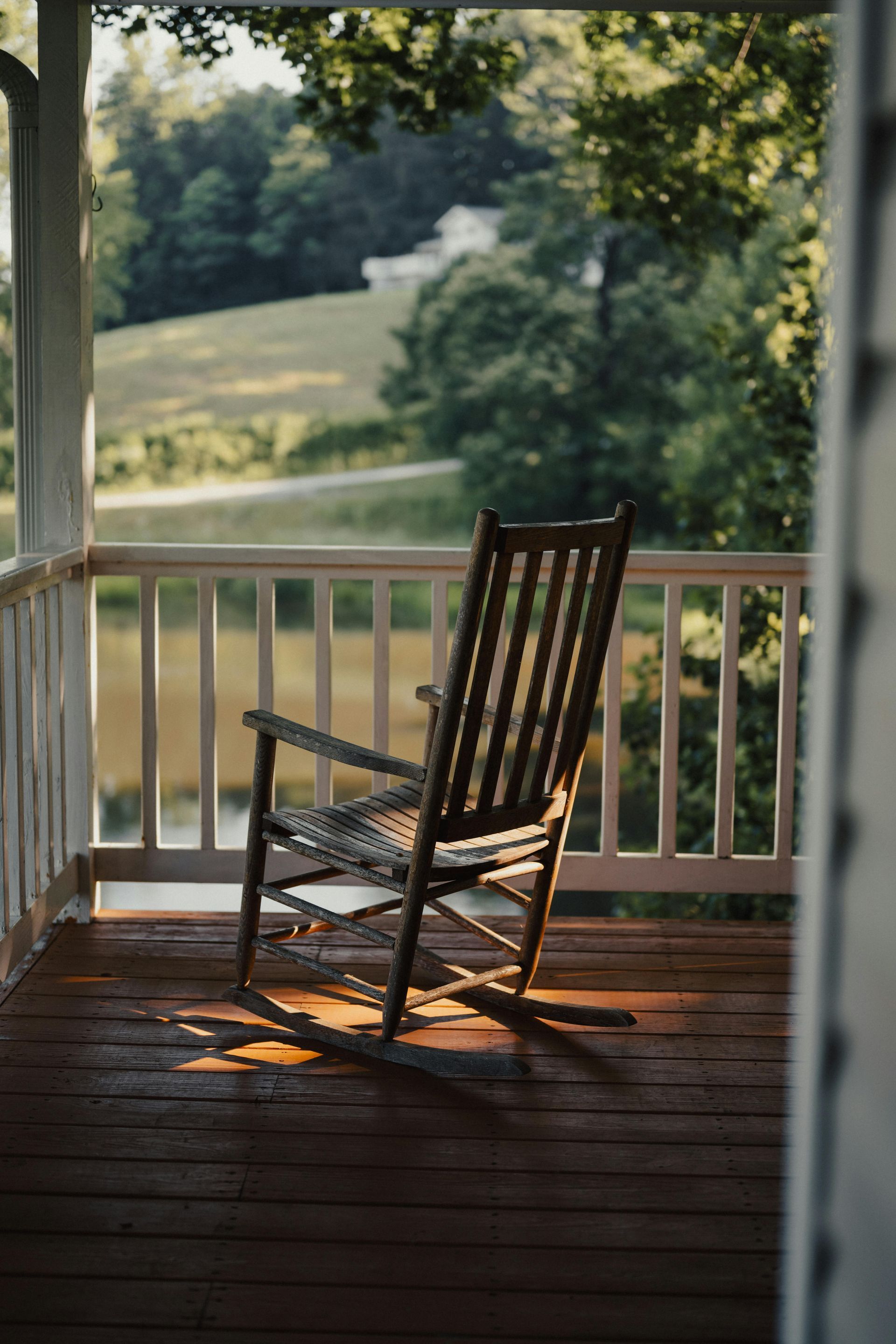
Plan for Emergencies
Finally, it’s always a good idea to prepare for emergencies.Keep a list of local service providers, such as plumbers and snow removal services, readily accessible. This will save you time and stress in case of an emergency. Consider leaving a spare key with a trusted neighbour or friend. This allows them to check on your cottage and respond to any issues that may arise. Before leaving, do a final walk through ensuring that you didn't miss anything and everything is secure.
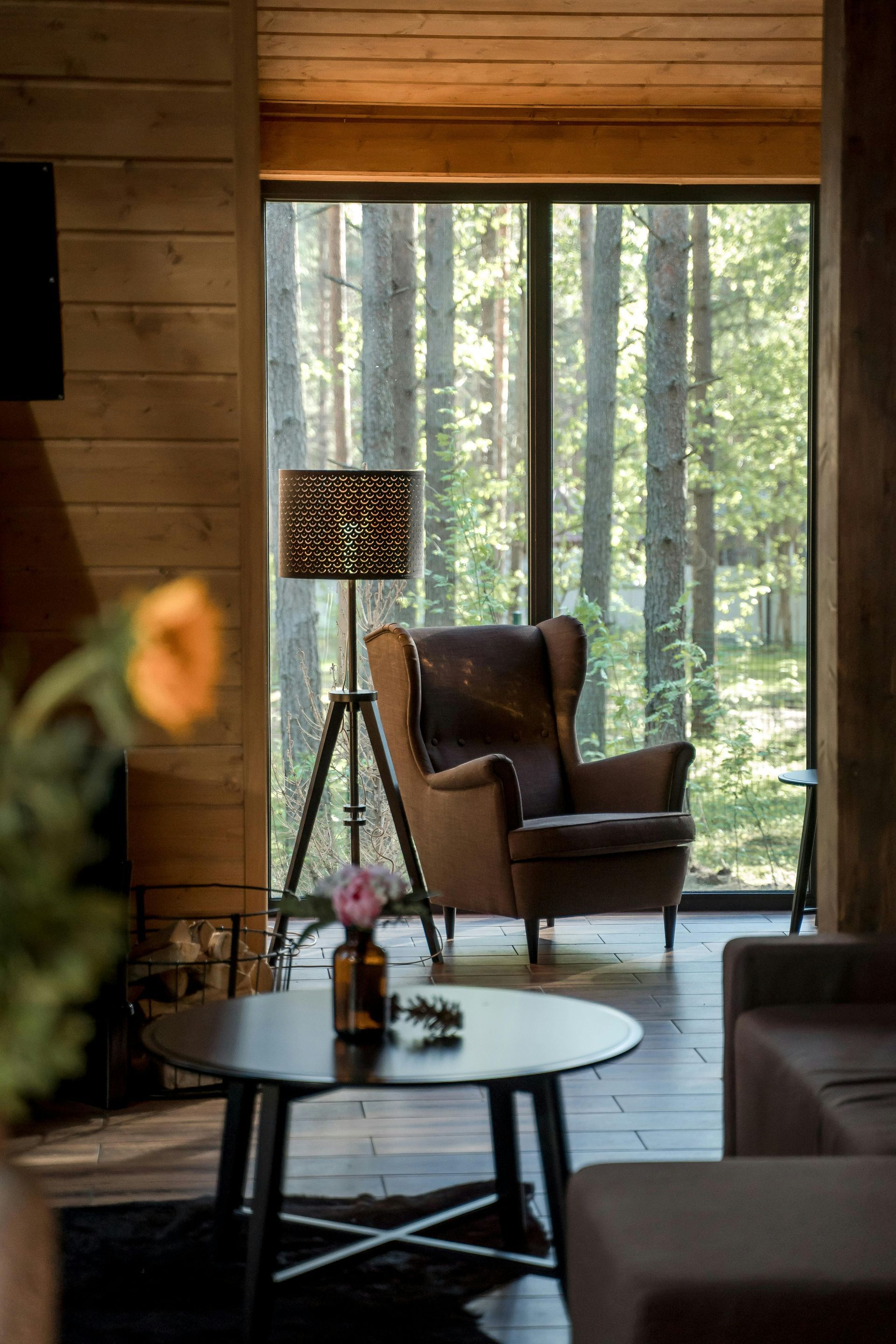
Closing your cottage for the winter doesn’t have to be a daunting task. By following these steps,
you can protect your property and enjoy peace of mind during the colder months. When spring
arrives, you’ll be ready to return to your cottage without the worry of unexpected damages.
If you have any questions about winterizing your cottage or need assistance with home
inspections, don’t hesitate to reach out. Our team is here to help you safeguard your home
away from home! Happy Winterizing!
